Alan Jones: Federal government’s silence and inaction on flood crisis
There has barely been a mention in Federal Parliament of the horrific floods and about the same level of attention when it comes to improving flood management, writes Alan Jones.
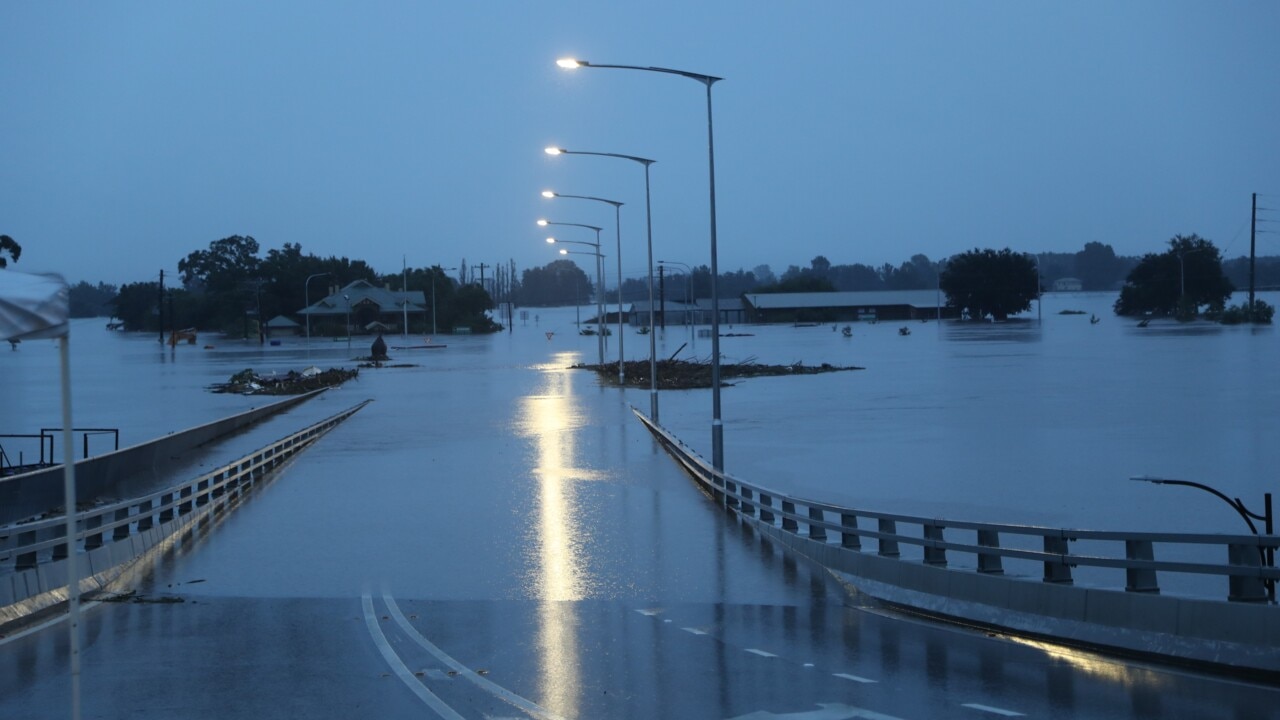
Opinion
Don't miss out on the headlines from Opinion. Followed categories will be added to My News.
The media pictures and headlines all this week have been about floods. Large tracts of Queensland and NSW have been smashed and Victoria and Tasmania may soon get their turn.
It is hard to get your head around the figures. Tens of thousands of people evacuated.
Red Oak, near Port Macquarie, copping over 900 millimetres of rain since last Thursday night, 35 inches on the old scale.
Water pouring out of the Warragamba Dam at the rate of 500 gigalitres a day, equal to the volume of Sydney Harbour.
People have lost their homes, their cars, their stock, their very livelihood, everything but the clothes on their back.
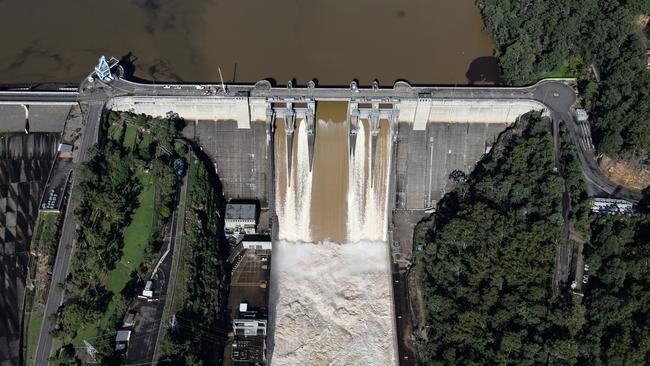
The National Parliament, purporting to represent Australians, has barely volunteered a syllable about any of this.
Three issues merit urgent attention – Warragamba Dam, appropriate relief and harvesting water.
It is easy to argue that the management of Warragamba Dam impacted on the tragedy and the loss that has overtaken many in the Hawkesbury/Nepean Valley west of Sydney.
Yes, the Dam overflowed and water equal to the volume of Sydney Harbour spilt from it every day.
However, the Hawkesbury River had already reached one metre below major flood level before Warragamba started overflowing on Sunday.
There needs to be an analysis of the protocols in relation to the dam.
Simply, Warragamba Dam is a storage dam, not a flood mitigation dam.
It cannot be both.
If you want to control a flood, you would have to keep the dam significantly empty; if you want to supply a city with water, you’d have to keep the dam as full as you can.
Nonetheless, these floods have, as did the bushfires, imposed untold and easily forgotten tragedy.
It must be a source of shame that people are still suffering from the consequences of last year’s bushfires. And so it is now with the floods, in wide areas across Queensland and NSW.
Not one word has been uttered about appropriate relief, other than to say, if you’re in one of the 34 declared natural disaster zones in NSW alone, you will qualify for a payment of $1000 per eligible adult and $400 per eligible child.
Someone is kidding.
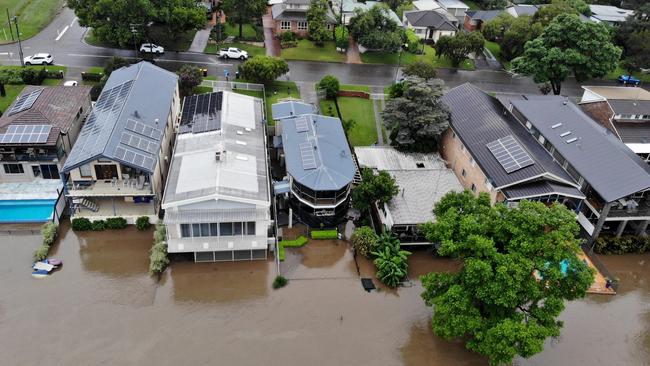
People will rightly ask what happened to the rest of the money raised for bushfire relief? It is a good question.
The Red Cross collected $241 million and handed out $218 million.
They are good people but we were told that the rest of the money was being kept for a crisis that might later occur or for ongoing recovery projects to the end of this year and beyond.
Same goes for other outlets.
The Salvos collected $49.41 million; they handed out $37.59m.
St Vincent de Paul collected almost $25.6 million; they handed out $21.5m.
The public raised $500 million.
Where is it?
The Federal Government tipped in over $2 billion. People did not see it.
Now, in the aftermath of these floods, there are Lake Conjolas everywhere. Lake Conjola is a little town on the south coast of NSW, population 437, 169km from Sydney.
They lost 89 homes in the bushfires and then were hit with torrential rain and flooding.
In 2018, bushfires destroyed 69 homes at Tathra, another tiny seaside town with a population of fewer than 2000, 450km from Sydney.
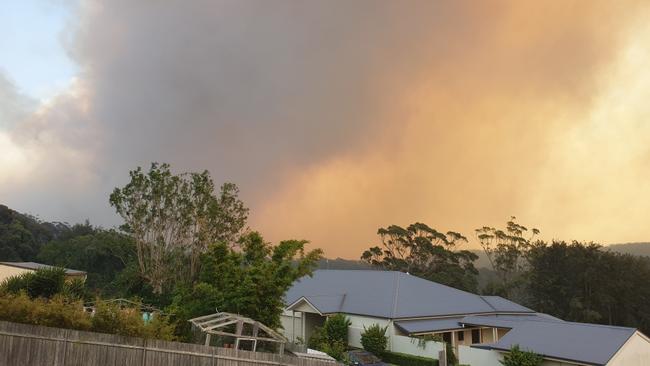
The rebuilding program for both, to put it generously, is a non-event.
Are the people of south-east Queensland, northern NSW, Port Macquarie, Kempsey, Windsor to be forgotten also? If not, what is the mechanism for assisting them?
I have long argued the urgent need for a National Disaster Fund where money is appropriated from every Budget into such a fund.
The money is invested, as happens with our Future Fund.
It could be managed by a couple of ex-Prime Ministers.
I hear you say they don’t have a good track record at managing money.
But I would trust Paul Keating, John Howard, Julia Gillard and Tony Abbott to get the job done.
People could make urgent application to such a fund for appropriate relief.
Their application could be validated by the local Mayor, the local bank manager or a JP.
As a corollary to that, should insurance against natural disasters be universal?
Can Government provide some actuarial figures on likely cost?
Why shouldn’t natural disasters, from an insurance point of view, be treated the same as health care?
If the premiums are beyond the capacity of some people to afford, that is when a public system can step in.
The alternatives are appalling. On the one hand, abandon people in their time of need; and on the other hand, cart around hats to raise money in a variety of “funds” when we don’t know where the money goes or to whom.
The third issue, of course, is what borders on a national scandal – the harvesting of water.
We need dams the size of Warragamba in every State across Australia, and several of them.
In 2002, a group of us stumped up money to research a clear path for harvesting and using water.
A massive amount of work and money went into it.
Two volumes of expert advice were provided to Government. They found their way into the dust bin. Here we are, 19 years on.
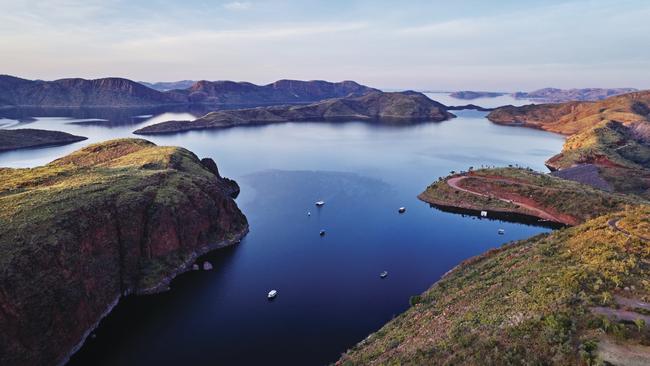
How many hundreds of millions of dollars have gone into futile drought and flood relief, which does nothing for the day when drought and flood return.
It is a dishonest argument to say the nation is short of water. We are using, at most, six per cent of our available water.
Lake Argyle in Western Australia releases 50 tonnes of water a second.
Only 10 per cent of it is used in the Ord irrigation system. 45 tonnes per second is pushed into the Timor Sea, four billion litres a day. Yet the catchment area of the Fitzroy River is 50 times greater than the Ord. Queensland’s north east has four times the water of the Murray Darling Basin, but 70,000 gigalitres flow into the sea.
You have to wonder whether we have left our brains behind.
A gigalitre is a thousand Olympic sized swimming pools.
Further west, the Gulf of Carpentaria has 130,000 available gigalitres.
But we are told we can’t use the Ord River surplus; we can’t use the north east Queensland water; we can’t build dams; and when it rains, we can’t harvest the water.
But we can build a 3200km pipeline to carry gas from Papua New Guinea to Brisbane. We can build a fairly useless railway line from Darwin to Alice Springs.
And money today is cheaper than it has ever been.
It was Jack Beale, a Minister in the NSW Government in the 1940s, who said: “A Nation cannot afford to let resources remain idle, even if it has to build pyramids.”
Isn’t it valid to demand Wake Up Australia?
CLARIFICATION:
An earlier version of this story included amounts for The Red Cross, The Salvation Army and St Vincents de Paul that were not up to date. They have been amended above to reflect accurate figures to this time.





